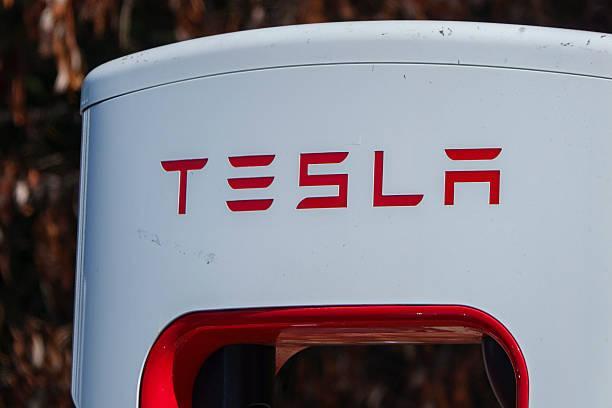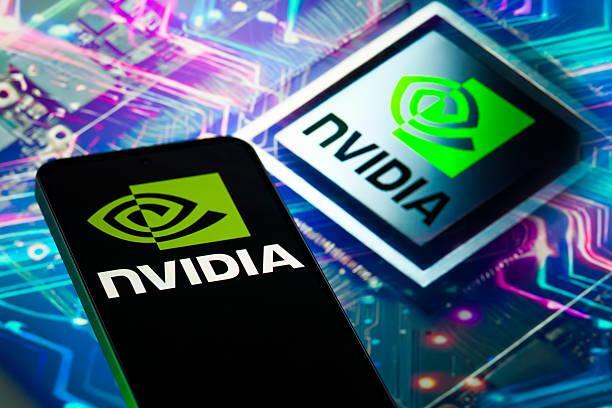
Tesla gets boost as Stellantis signs on to NACS charging from 2026
In a significant development for the electric vehicle (EV) industry, Tesla has received a substantial boost after Stellantis, the parent company of renowned automotive brands such as Chrysler, Dodge, and Jeep, announced its decision to adopt the North American Charging Standard (NACS) from 2026. This move will enable Stellantis’ EVs to access Tesla’s extensive Supercharger network across the United States, Japan, and South Korea, starting from 2026.
The news sent Tesla’s stock soaring, as investors welcomed the prospect of increased adoption and revenue for the EV pioneer. The partnership between Tesla and Stellantis is a significant milestone in the EV industry, as it underscores the growing recognition of NACS as a unified charging standard. By embracing NACS, Stellantis is poised to expand its EV offerings and provide its customers with seamless charging experiences, leveraging Tesla’s vast Supercharger network.
The NACS standard, which was introduced by Tesla in 2022, has been gaining traction among EV manufacturers, with several companies already committing to its adoption. The standard aims to provide a unified charging solution, enabling EV owners to charge their vehicles at any NACS-compatible station, regardless of the manufacturer. By adopting NACS, Stellantis is joining the ranks of other prominent EV manufacturers, such as Ford, General Motors, and Rivian, which have already pledged their support for the standard.
The partnership between Tesla and Stellantis is expected to have far-reaching implications for the EV industry. With Stellantis’ EVs gaining access to Tesla’s Supercharger network, customers will enjoy enhanced convenience, flexibility, and peace of mind, knowing that they can charge their vehicles at a vast network of stations across the US, Japan, and South Korea. This, in turn, is likely to drive increased adoption of EVs, as range anxiety – a major concern for potential EV buyers – becomes less of an issue.
In related news, Tesla recently activated its first full V4 Supercharger site, marking a significant milestone in the company’s efforts to expand its charging infrastructure. The V4 Supercharger, which boasts faster charging speeds and a more compact design, is expected to play a crucial role in supporting the growing demand for EVs. With its advanced features and capabilities, the V4 Supercharger is poised to set a new standard for EV charging, providing customers with an unparalleled charging experience.
Meanwhile, Stellantis unveiled the 2026 Jeep Recon EV, a highly anticipated electric SUV that boasts an impressive 250-mile range. The Jeep Recon EV is expected to be a major player in the EV market, offering customers a unique blend of off-road capability, style, and sustainability. With its adoption of NACS and the upcoming launch of the Jeep Recon EV, Stellantis is clearly committed to expanding its EV offerings and providing customers with a seamless ownership experience.
The partnership between Tesla and Stellantis is a testament to the growing recognition of the need for a unified charging standard in the EV industry. As the demand for EVs continues to grow, the importance of a seamless charging experience will become increasingly critical. By embracing NACS and collaborating with Tesla, Stellantis is poised to stay ahead of the curve, providing its customers with the convenience, flexibility, and peace of mind they need to fully embrace the benefits of EV ownership.
In conclusion, the news of Stellantis’ adoption of NACS is a significant boost for Tesla, as it underscores the growing recognition of the company’s charging standard and expands the reach of its Supercharger network. As the EV industry continues to evolve, it is likely that we will see more manufacturers embracing NACS, driving increased adoption and growth in the market. With its commitment to innovation, sustainability, and customer convenience, Tesla is well-positioned to remain a leader in the EV industry, and its partnership with Stellantis is a major step towards achieving its vision of a more sustainable transportation future.






